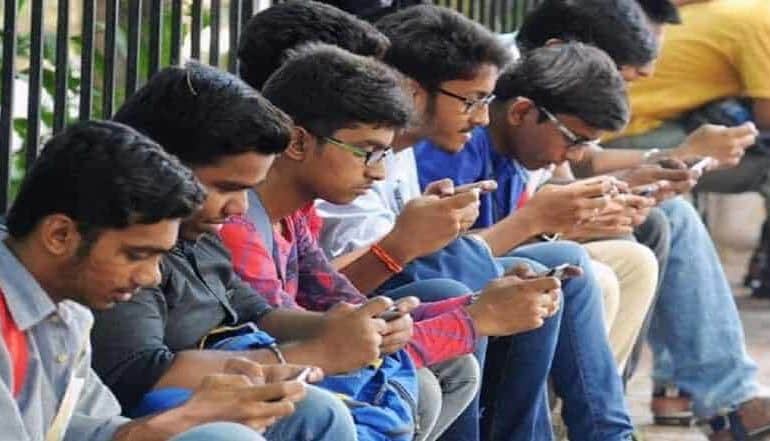Owing to the increasing cases of deteriorating mental health of the students of University of Delhi (DU) the Varsity has decided to set up two mobile phone de-addiction centres, in collaboration with the World University Service (WUS) in the North and South Campus.
Smartphones have surely eased the communication process. However, it has given rise to a new set of severe problems. Ina recent study conducted by the Department of Psychology suggests that the increased dependence on smartphones is leading to severe addiction and instability in the mental health of the students of DU. In such a scenario, digital detox and counselling of the student community have become imperative.
Researchers have decoded four common triggers for the compulsive use of smartphones which, if addressed, can help shun the screen addiction. The four triggers for habitual smartphone use are: During unoccupied moments, like waiting for a friend to show up, before or during tedious and repetitive tasks, when in socially awkward situations, and when people anticipate getting a message or notification.
Since most of the communication regarding classes and college activities happens through smartphones, giving up on them is not an option, making them a necessary evil.
Mamta Banerjee from Lady Shri Ram College said, “The whole college works on WhatsApp. Everything regarding classes, events and activities is communicated through that app only. The phone keeps pinging all day and I can’t help but get addicted to it.”
Another student, who wishes to remain anonymous said, “I wake up to the beep of the cell-phone and sleep with the cell phone in my hand. I always get the fear of missing out and the compulsive urge to constantly check my phone which has increased my dependence on it.”
Professors of DU colleges have observed the increased use of mobile phones in the classroom and aggressive behaviour of students when they were reprimanded for it. Dr Reema Ranjan, a Professor commented, “I always ask students to keep their mobile phones in their bags as students tend to use phones during lectures, and the attention span of the students has reduced.”
Head of the Psychology Department, DU, Professor Ananda Pradhan said, “The study conducted by the department found out some stark realities about the mental health and digital toxicity in students. Therefore, owing to the welfare of both the students and teachers, we recommended the varsity to set up the de- addiction centres for counselling”.
In light of this, the University is set to opening these centres at the World University Service (WUS) in the North and South campus and proposes to organise workshops and regular counselling for students in order to facilitate digital detoxification and check the screen time among students.
Feature Image Credits: Bagby
Sriya Rane



